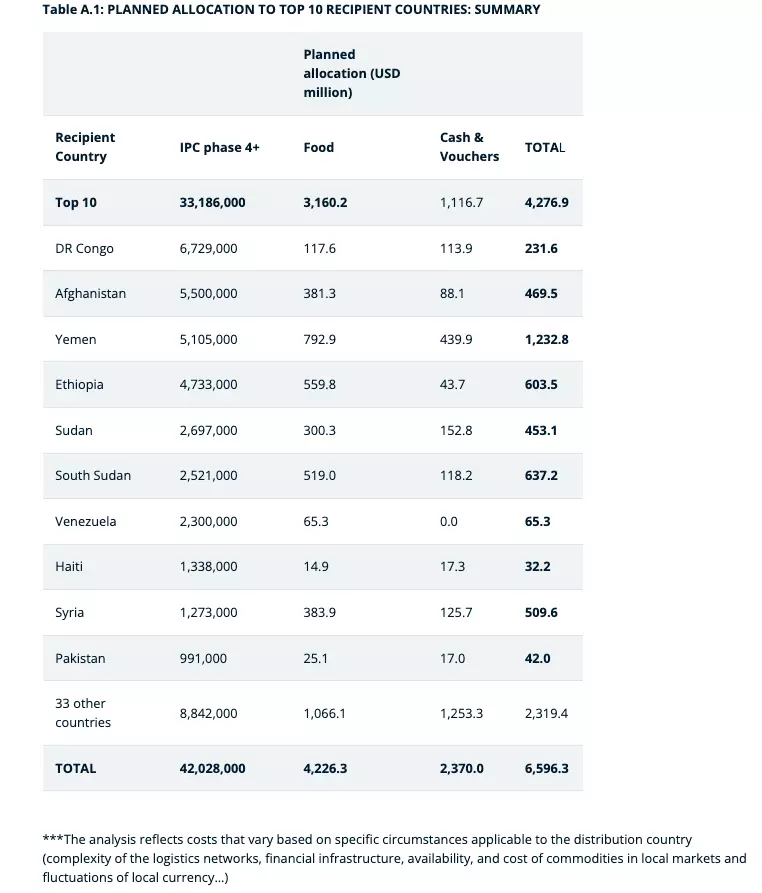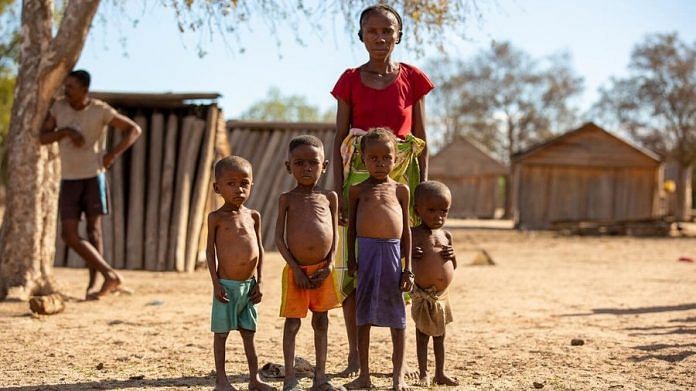- The Tesla founder has offered to pay to end world hunger if the UN explains how it would spend his money.
- Responding to the challenge, the UN’s World Food Programme has produced a detailed plan to stave off global famine.
- The UN’s $6.6 billion proposal could help 42 million vulnerable people survive 2022.
Billionaire Elon Musk challenged the United Nations (UN) to show how $6 billion of his fortune could be used to overcome world hunger, prompting the UN’s World Food Programme to produce a detailed plan.
Musk’s challenge was sparked by earlier comments from World Food Programme chief, David Beasley, who told CNN that 2% of Musk’s wealth could end world hunger.
In a tweet, the world’s richest man suggested he would sell stock in his electric car manufacturing company Tesla and donate the billion-dollar proceeds if the UN could demonstrate exactly how his money would be spent.
Fact check:
? 2% of @elonmusk's wealth is $6B
? In 2020 the UN World Food Program (WFP) raised $8.4B. How come it didn't "solve world hunger"?
— Dr. Eli David (@DrEliDavid) October 30, 2021
Responding to the tweet, Beasley urged billionaires like Musk to step up and support the fight against hunger, giving a breakdown of how $6.6 billion could help avert catastrophe. The UN plan outlines how the money – a small percentage of Musk’s fortune estimated in the hundreds of billions – could support 42 million people threatened with famine in 43 of the world’s worst-hit countries for a year.
The world is on fire. I've been warning about the perfect storm brewing due to Covid, conflict, climate shocks & now, rising supply chain costs. IT IS HERE. 45M lives are at stake—and increasing daily. If you don’t feed people, you feed conflict, destabilization & mass migration. pic.twitter.com/VotIZlEAGE
— David Beasley (@WFPChief) November 15, 2021
Here’s how $6.6 billion could prevent world hunger
The World Food Programme plan would spend $3.5 billion on food and deliver it to those most in need. This includes the cost of shipping, storage and transport by air, road and river, and security escorts to safeguard food distribution in conflict-affected zones. The money could provide one meal per person, per day for a year, keeping tens of millions of people from starvation.
A further $2 billion could fund cash and voucher programmes in places with functioning markets, allowing people to choose the food they eat while supporting local economies.
Also read: Not just Global Hunger Index, India’s own govt data shows how worried we should be
World Food Programme’s plan to solve world hunger for 1 year
A total $700 million is set aside for ‘country-specific costs’, such as setting up voucher schemes and building and securing local offices to ensure food assistance reaches the most vulnerable.
Management, administration and accounting for global and regional operations total $400 million, which includes coordinating supply lines, analyzing global hunger levels and appointing independent auditors.

The World Food Programme’s proposed plan could feed starving people in countries like the Democratic Republic of the Congo, Afghanistan and Yemen, where food insecurity is rife.
World Food Programme estimates show 282.7 million people across 80 countries are facing extreme levels of acute hunger – an approximate 110% increase on 2019 levels. And around 10% of the global population was undernourished in 2020, according to a UN report.
Conflict, the increasing climate-change threat and the economic impact of the COVID-19 pandemic have disrupted both the lives and livelihoods of millions.
The United Nations Sustainable Development Goal 2 aims to eradicate world hunger by 2030, but the world is far from realising this target. Urgent assistance is needed to protect the world’s most vulnerable populations from famine and avert a humanitarian crisis.
But it’s not too late to raise awareness of global hunger and increase funding to help get aid programmes back on track.
Perhaps the real question is…can we afford not to help?
Johnny Wood, Senior Writer, Formative Content
This article was originally published in the World Economic Forum.
Also read: Why Tesla CEO Elon Musk is his own worst enemy



